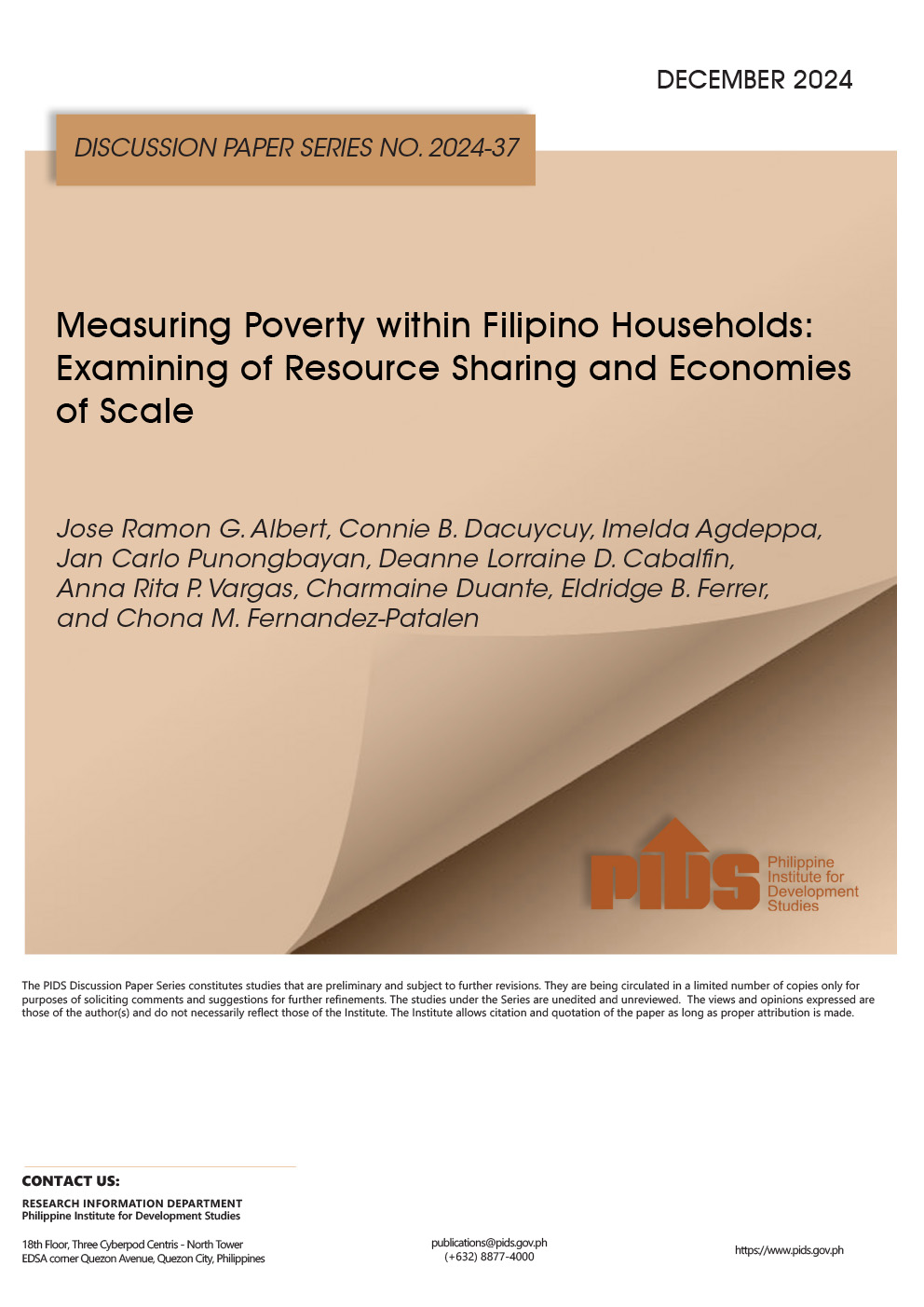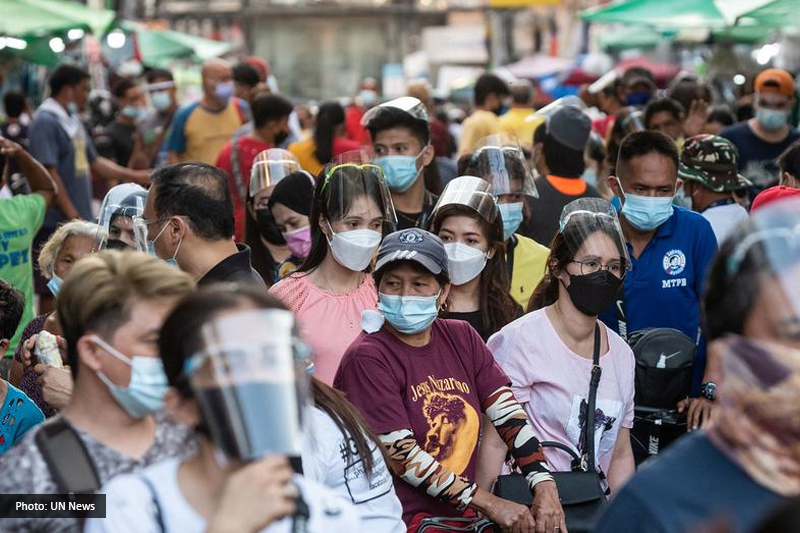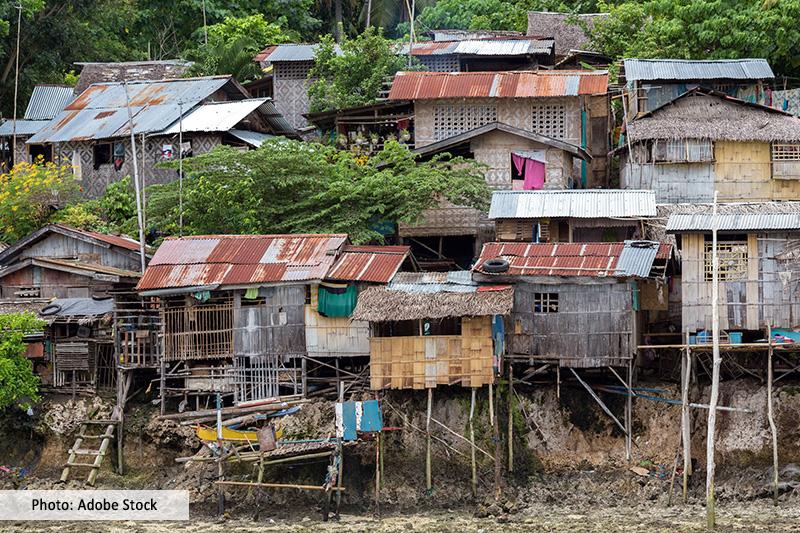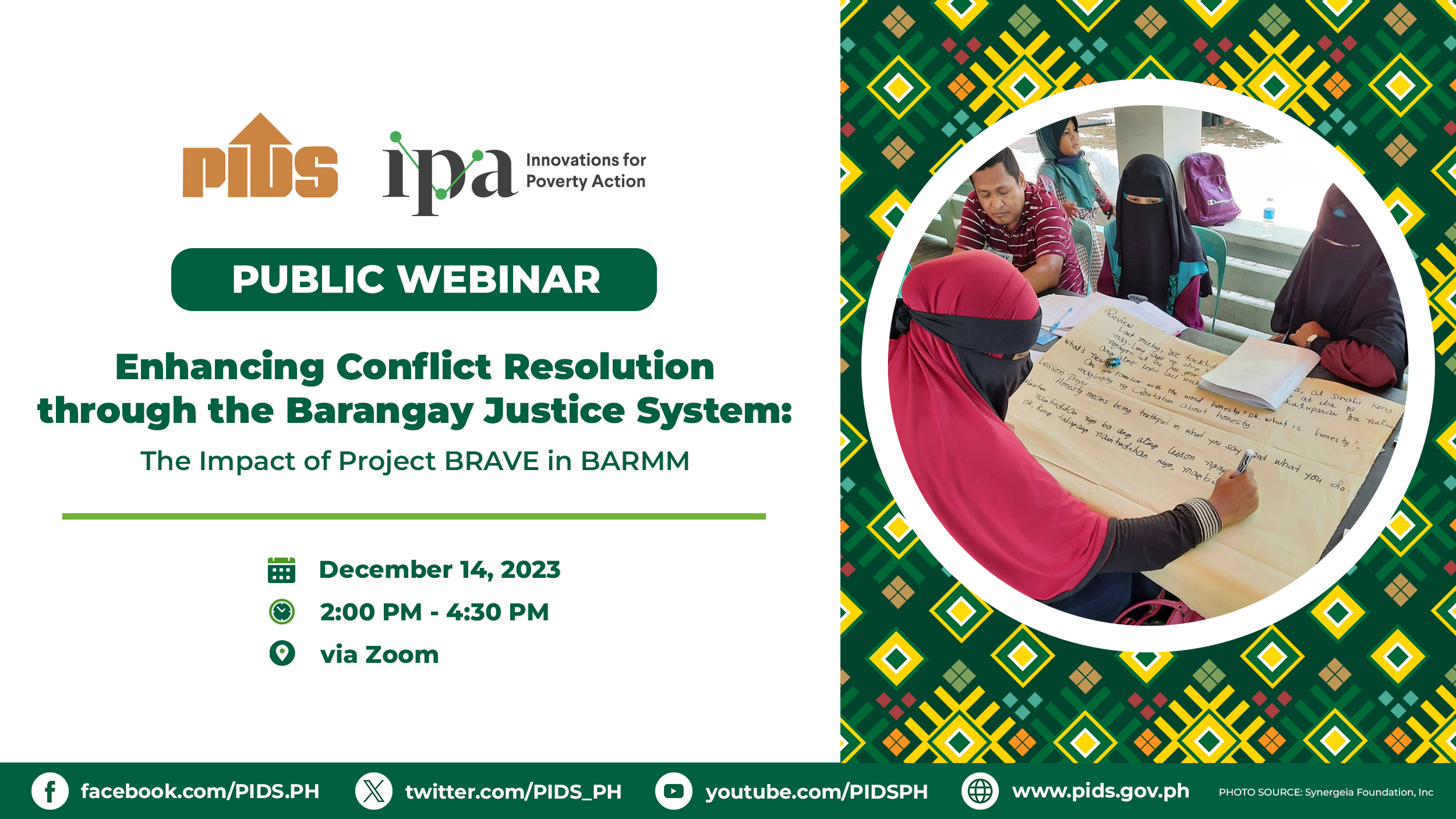The CBMS Network Coordinating Team announced today that a total of 59 provinces covering 17,244 barangays located in 667 municipalities and 41 cities in the country have joined the CBMS bandwagon and are at varying stages in implementing the Community-Based Monitoring System.
`We are overwhelmed with this groundswelling of support from local government units (LGUs)` said Dr. Celia Reyes, CBMS Network Leader and Senior Research Fellow at the Philippine Institute for Development Studies (PIDS).
Designed by a group of researchers at the Angelo King Institute for Economic and Business Studies of the De La Salle University-Manila, the CBMS intends to fill information gaps for diagnosing the extent of poverty at the local level, determining the causes of poverty, formulating policies and programs, identifying eligible program beneficiaries, and assessing the impact of policies and programs.
In particular, the CBMS has a core set of indicators which include child and maternal mortality rates, malnutrition rate, access to safe water and sanitary toilet facilities, employment and household income, that are being measured to determine the welfare status of the population. These indicators capture the multidimensional aspects of poverty and have been confined to output and impact indicators.
`The exuberance with which the LGUs have embraced CBMS is a glowing testament that they have seen first-hand the usefulness of the system and could herald a dramatic turnaround from traditional development planning and project formulation to a more evidence-based policy on social programs,`added Dr. Reyes.
According to her, one the most common dilemmas faced by local chief executives is how to efficiently and effectively use and manage their meager financial resources given the many competing projects and programs that need to be delivered to their constituents. The CBMS can minimize leakage and wastage of these resources by using sector-specific indicators generated by CBMS in identifying eligible beneficiaries. For instance, households with malnourished children should be the beneficiaries of supplemental feeding programs.
On the other hand, composite indicators (combining the different indicators using statistical techniques) can be used to rank the poorest households in the barangay or municipality. This will be particularly useful in identifying eligible beneficiaries for programs such as the Sponsored Philhealth Program and scholarship programs for the poorest families.
`We are overwhelmed with this groundswelling of support from local government units (LGUs)` said Dr. Celia Reyes, CBMS Network Leader and Senior Research Fellow at the Philippine Institute for Development Studies (PIDS).
Designed by a group of researchers at the Angelo King Institute for Economic and Business Studies of the De La Salle University-Manila, the CBMS intends to fill information gaps for diagnosing the extent of poverty at the local level, determining the causes of poverty, formulating policies and programs, identifying eligible program beneficiaries, and assessing the impact of policies and programs.
In particular, the CBMS has a core set of indicators which include child and maternal mortality rates, malnutrition rate, access to safe water and sanitary toilet facilities, employment and household income, that are being measured to determine the welfare status of the population. These indicators capture the multidimensional aspects of poverty and have been confined to output and impact indicators.
`The exuberance with which the LGUs have embraced CBMS is a glowing testament that they have seen first-hand the usefulness of the system and could herald a dramatic turnaround from traditional development planning and project formulation to a more evidence-based policy on social programs,`added Dr. Reyes.
According to her, one the most common dilemmas faced by local chief executives is how to efficiently and effectively use and manage their meager financial resources given the many competing projects and programs that need to be delivered to their constituents. The CBMS can minimize leakage and wastage of these resources by using sector-specific indicators generated by CBMS in identifying eligible beneficiaries. For instance, households with malnourished children should be the beneficiaries of supplemental feeding programs.
On the other hand, composite indicators (combining the different indicators using statistical techniques) can be used to rank the poorest households in the barangay or municipality. This will be particularly useful in identifying eligible beneficiaries for programs such as the Sponsored Philhealth Program and scholarship programs for the poorest families.












